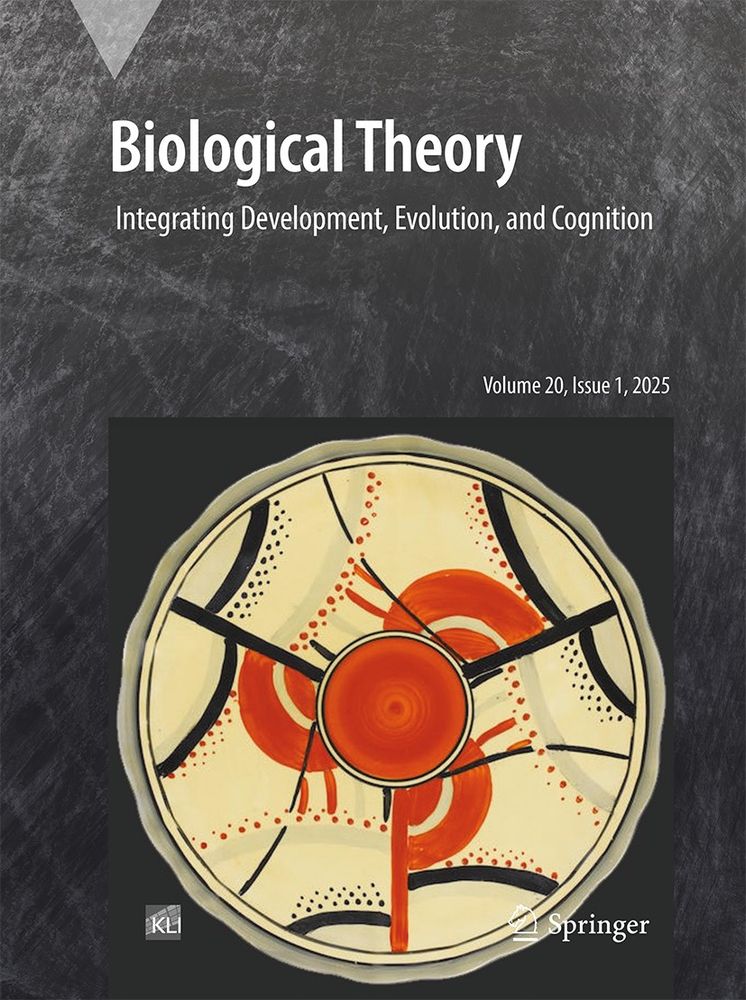
🔗 Book: bit.ly/3X2zYiJ | Sale: bit.ly/4oJQS1C #booksky #Academicsky #MedEd

🔗 Book: bit.ly/3X2zYiJ | Sale: bit.ly/4oJQS1C #booksky #Academicsky #MedEd





🌱 'Agriculture and Human Values': bit.ly/484QIem. @susannaelsie.bsky.social #FarmSky

🌱 'Agriculture and Human Values': bit.ly/484QIem. @susannaelsie.bsky.social #FarmSky












🔹 Strengthen submissions
🔹 Increase Collection visibility
🔹 Connect with global researchers
Follow these simple steps to drive Collection engagement. 🔗 bit.ly/4owseSn #AcademicSky

🔹 Strengthen submissions
🔹 Increase Collection visibility
🔹 Connect with global researchers
Follow these simple steps to drive Collection engagement. 🔗 bit.ly/4owseSn #AcademicSky



